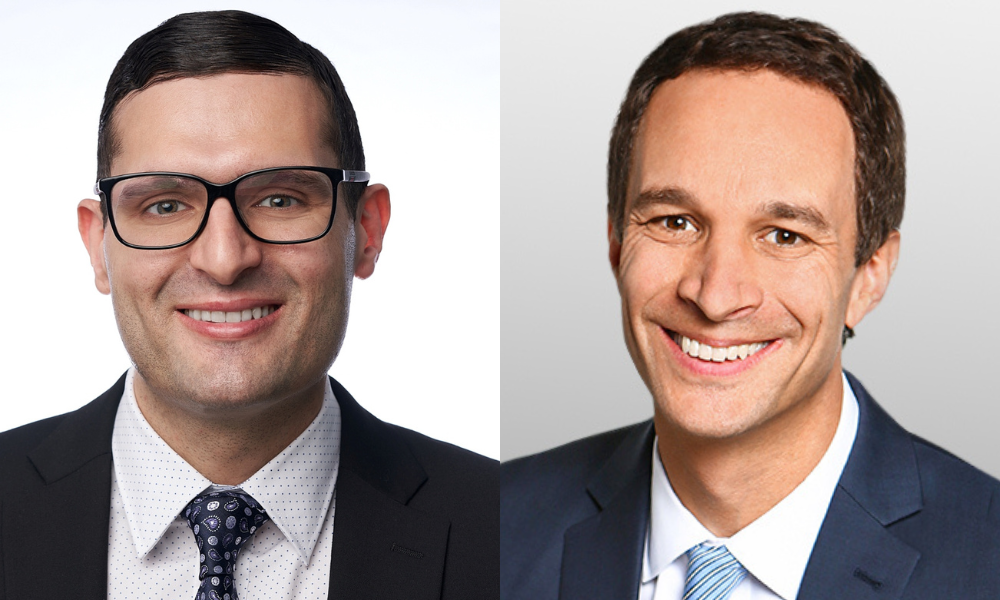

Today’s CPI report revealed the inflation dragon has not been slayed.
But is this spike in prices a temporary hiccup or a longer-term problem for financial advisors?
January’s headline CPI printed above Wall Street estimates, rising 3 percent year-over-year, according to the US Bureau of Labor Statistics. Headline prices grew 0.5 percent month-over-month, firmer than December’s growth.
Core CPI, which removes the volatile food and energy components of inflation, grew 3.3 percent year-over-year, also above expectations. Core goods inflation, which excludes more volatile components like food and energy prices, rose 0.28 percent month over month.
In January, egg prices jumped 15 percent, reflecting price increases from avian flu-related supply shocks. Used cars and trucks, up 2.2 percent month-over-month, led the momentum in goods inflation, while medical care commodities increased 1.17 percent.
“At first glance, January’s hot inflation report may seem like a sign that we are returning to a stronger inflation environment. But it’s important to remember that January often reflects annual resets in price that companies pass through to consumers - things like your annual streaming subscription. Therefore, it is hard to determine if this is one-time noise or a reflection of a higher inflationary environment,” said Gargi Chaudhuri, chief investment and portfolio strategist for the Americas at BlackRock in a statement.
Housing costs, historically the stickiest component of inflation, stayed mostly the same in January, providing a silver lining to an otherwise hot inflation print. Rent prices rose 0.35 percent month-over-month, slightly above the 0.3 percent growth seen previously.
Based on the report, Josh Hirt, senior US economist at Vanguard, said in a statement he continues to believe that shelter inflation will eventually moderate over the course of 2025.
"As we saw through 2024, shelter inflation will continue to take time to get back to reasonable levels. Today's shelter report was driven by substantial increases in home insurance and in lodging away-from-home - a volatile component that encompasses hotels and travel related lodging establishments,” Hirt said.
Looking ahead, BlackRock’s Chaudhuri said the economy could see one-time price shocks on goods due to tariffs with China, as well as steel and aluminum imports.
“We have yet to see the degree of those price shocks, as it depends on how much companies decide to pass on higher costs to the consumer. Regardless, near-term inflation expectations have edged higher over the past few weeks, according to consumer and business surveys,” Chaudhuri said.
Chaudhuri added that she expects the Federal Reserve to continue to sit tight until at least the summer. As a result, she is encouraging consumers who are sitting on extra cash “to participate in the market to avoid losing out to inflation.”
In stocks, she is positive on the US stock market in the near term and relative to the rest of the world. In bonds, she recommended seeking inflation protection with the iShares 0-5 Year TIPS Bond ETF (Ticker: STIP) or income with the iShares 3-7 Year Treasury Bond ETF (Ticker: IEI).
Similarly, Brian Levitt, global market strategist at Invesco, also recommends TIPS for those investors concerned with creeping inflation. He also suggests investors take some profits in the "Magnificent Seven" if interest rates move higher due to rising inflation and use those proceeds to pick up some value stocks instead.
All that said, Levitt remains less concerned with the issue of slightly higher inflation in the economy than most other strategists.
“If you remember 2009 through 2019, one of the challenges we had was we couldn't get inflation up, we couldn't get stronger nominal growth. So stronger nominal growth is a good sign. It's supportive for corporate earnings,” Levitt said.
Of course, President Trump’s tariffs on foreign imports could slow that growth while adding to inflation. However, José Torres, senior economist at Interactive Brokers, sees those levies more as a negotiation tactic than long term strategy.
“He's starting these discussions and then resolving them pretty quickly. I'm primarily concerned with Mexico, Canada and the EU. I think if those ties can remain close, then there's not going to be much of a problem on the trade front,” Torres said, adding that he expects inflation to remain around 3 percent, which is higher than the Fed’s 2 percent target but not enough to undo the bull market.
“I don't know if we're going to go up 20 percent again in the S&P 500. I think we're going to go up 10 percent. Valuations are quite stretched. They're hovering near historical heights. So I don't think there's much room on the valuation front. But on the earnings front there is room to go higher. And I think that's how we eventually catch up to these extended valuations,” Torres said.

Driven by robust transaction activity amid market turbulence and increased focus on billion-dollar plus targets, Echelon Partners expects another all-time high in 2025.

The looming threat of federal funding cuts to state and local governments has lawmakers weighing a levy that was phased out in 1981.

The fintech firms' new tools and integrations address pain points in overseeing investment lineups, account monitoring, and more.

Canadian stocks are on a roll in 2025 as the country prepares to name a new Prime Minister.

Carson is expanding one of its relationships in Florida while Lido Advisors adds an $870 million practice in Silicon Valley.
RIAs face rising regulatory pressure in 2025. Forward-looking firms are responding with embedded technology, not more paperwork.
As inheritances are set to reshape client portfolios and next-gen heirs demand digital-first experiences, firms are retooling their wealth tech stacks and succession models in real time.
